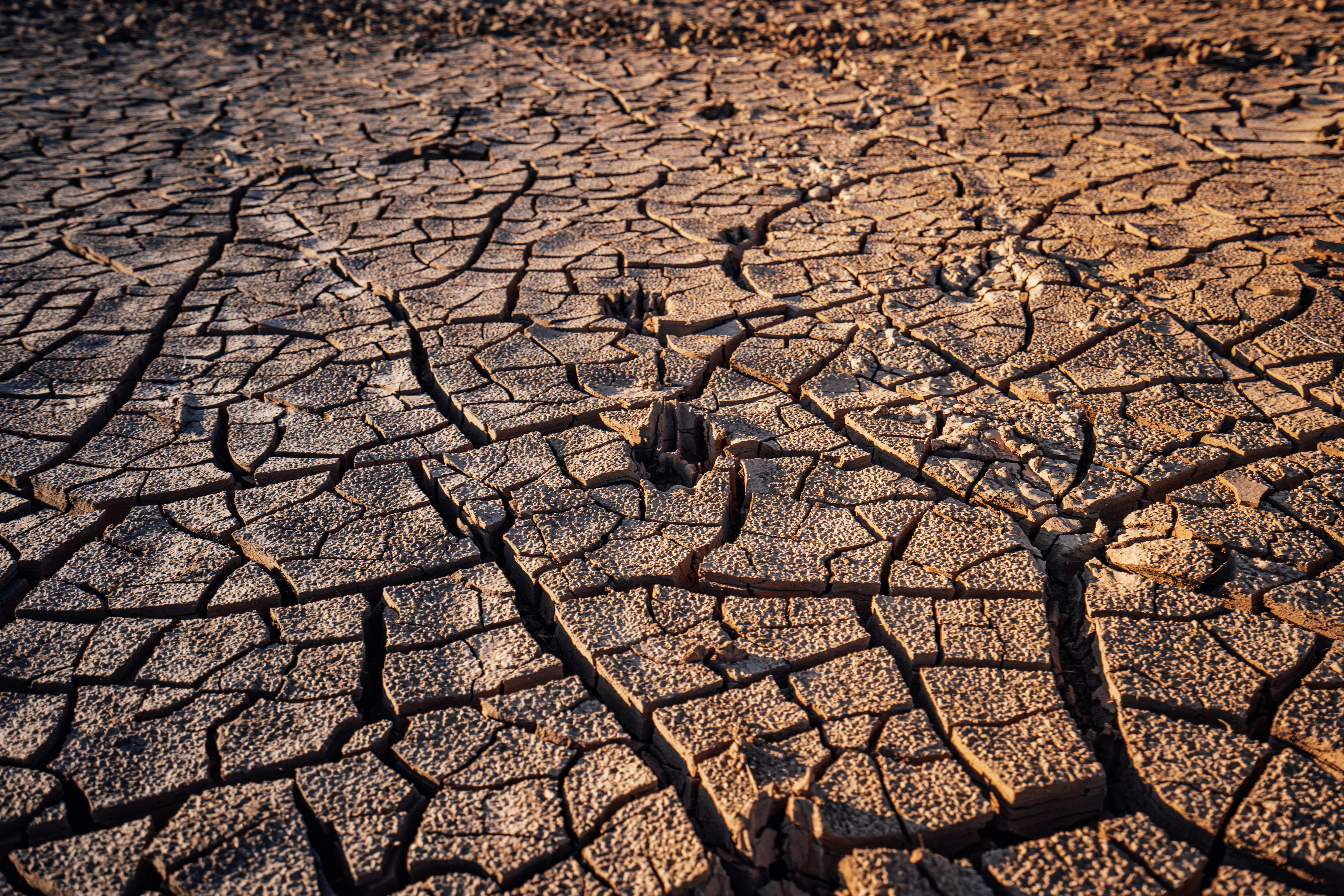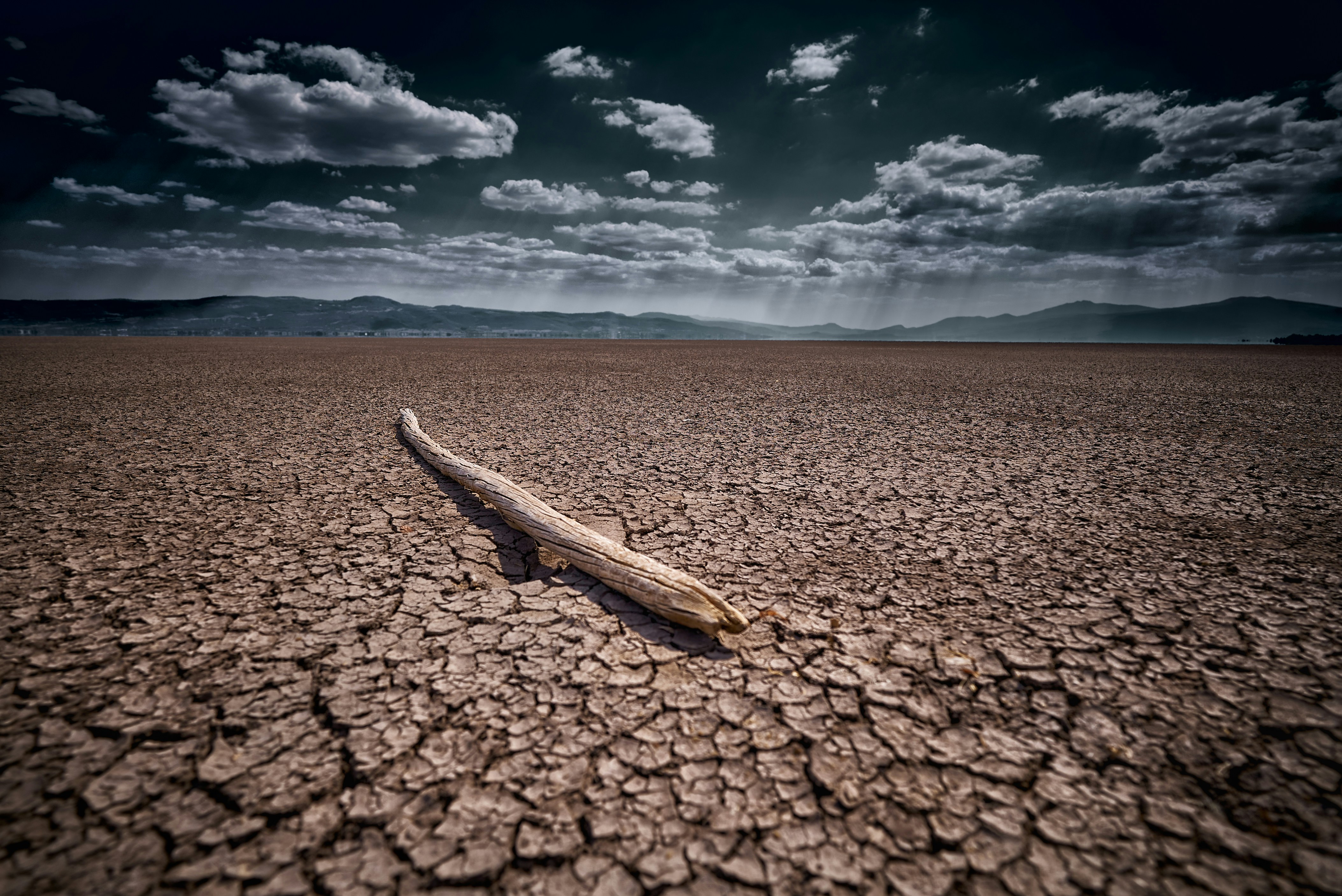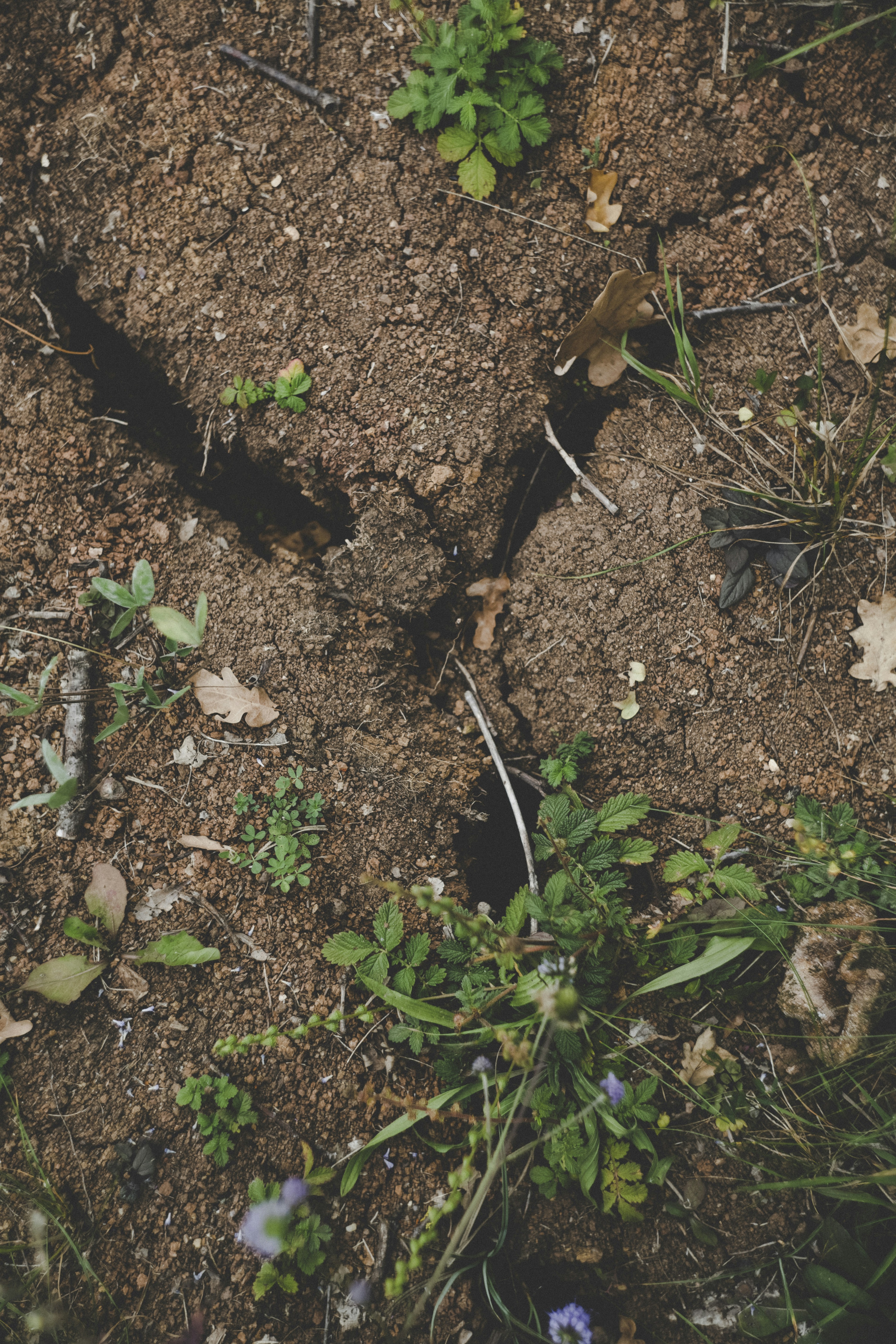👋 Click the mic button to talk to Alfred, the Todd's Seeds Gardening/Sprouting Expert – Feel free to ask him anything!
Ask Virtual Todd Anything - Click the Mic
Is soil erosion wreaking havoc in your garden? If you find yourself constantly battling the loss of precious topsoil and struggling to keep your plants healthy, worry not! This article is here to provide you with practical solutions to tackle the menacing issue of soil erosion in your garden. From implementing effective erosion control measures to choosing the right plant species, we have got you covered. Say goodbye to eroding soil and hello to a thriving, lush garden!
1. Understanding Soil Erosion
Soil erosion refers to the process of soil particles being carried away by various agents such as water, wind, or human activities. Understanding the causes and effects of soil erosion is essential for effectively managing and preventing it in your garden.
1.1 Causes of Soil Erosion
Several factors contribute to soil erosion, and being aware of these causes can help you identify potential erosion risks in your garden. Some common causes include:
Water Erosion: Heavy rainfall or improper drainage can cause water to flow quickly over the soil surface, leading to erosion. This is especially true in sloped areas.
Wind Erosion: Strong winds can pick up loose soil particles and carry them away, leaving the soil exposed and vulnerable to erosion.
Overgrazing: Allowing livestock to graze excessively on your garden can lead to soil compaction and degradation, making the soil more susceptible to erosion.
Improper Agricultural Practices: Poor farming practices such as over-tilling, leaving fields bare between crops, or using improper irrigation methods can contribute to soil erosion.
1.2 Effects of Soil Erosion
Soil erosion can have detrimental effects on your garden’s health and productivity. Understanding the potential impacts can help you prioritize erosion control measures. Some effects of soil erosion include:
Loss of Topsoil: The valuable layer of topsoil, rich in organic matter and nutrients, is often the first to be eroded. This loss can decrease fertility and impair plant growth.
Reduced Water Infiltration: When erosion occurs, the soil becomes compacted, reducing its ability to absorb water. This can lead to increased runoff and decreased water availability for your plants.
Increased Flooding: Eroded soil particles can clog drainage systems, resulting in water accumulation and increased flood risks.
Degradation of Soil Structure: Soil erosion negatively affects soil structure, breaking down its aggregates and reducing its ability to hold water, retain nutrients, and support plant root growth.
2. Assessing Soil Erosion in Your Garden
Before implementing erosion control measures, it’s crucial to assess the extent and severity of soil erosion in your garden. By identifying signs of erosion and determining its severity, you can tailor your prevention strategies accordingly.
2.1 Signs of Soil Erosion
Certain signs indicate the presence of soil erosion in your garden. Observing these signs can help you identify areas that require immediate attention. Look out for the following:
Exposed Roots: If the roots of your plants are visible on the surface, it could be an indication of soil erosion removing the topsoil.
Gullies or Channels: Deep channels or gullies forming across your garden are clear signs of water erosion. These often occur in sloping areas where water flows quickly.
Sediment Deposits: Noticeable sediment deposits on paved surfaces, such as driveways or walkways, may indicate soil erosion nearby.
2.2 Determining the Severity of Erosion
Assessing the severity of soil erosion enables you to determine the most appropriate course of action. Understanding the extent of erosion helps you decide which preventive measures or restoration strategies to prioritize. Consider the following factors when evaluating the severity of erosion:
Depth of Erosion: Measure the depth of soil loss in affected areas. This can help determine the degree of erosion and the amount of soil that needs to be replenished.
Extent of Erosion: Assess the percentage of your garden affected by erosion. Identifying the extent of erosion can guide you in planning erosion control measures.
Impact on Surrounding Areas: Observe if the eroded soil is accumulating in lower-lying areas or water bodies. Identifying the potential impact on neighboring gardens or natural ecosystems can help develop appropriate strategies.
3. Preventative Measures
Taking preventative measures is vital for minimizing soil erosion and protecting the long-term health of your garden. By implementing strategies aimed at reducing erosion risks, you can maintain the integrity of your soil.
3.1 Planting Cover Crops
Cover crops, such as legumes or grasses, are valuable tools in preventing erosion. Planting these crops during fallow periods helps to retain soil moisture, improve soil structure, and offer protection against erosion caused by wind and water.
3.2 Mulching
Mulching is an effective method for preventing soil erosion. Applying a layer of organic mulch, such as wood chips or straw, on the soil surface helps to protect it from the impact of raindrops, reduces water runoff, and promotes water infiltration.
3.3 Terrace Construction
In sloping gardens, constructing terraces can help control erosion by creating flat areas on different levels. Terracing involves building retaining walls and implementing proper drainage systems to slow down water flow, allowing it to infiltrate the soil gradually.
3.4 Windbreaks
Planting windbreaks, such as rows of trees or shrubs, helps reduce wind velocity and diminishes the impact of wind erosion. These strategic plantings act as barriers, protecting your garden from strong winds and preventing the loss of valuable topsoil.
3.5 Retaining Walls
If your garden is situated on a slope prone to erosion, constructing retaining walls can be an effective measure. These walls not only stabilize the slope but also prevent soil from being washed away by heavy rainfall or runoff.
4. Improving Soil Structure and Health
Improving the overall structure and health of your soil is crucial in mitigating erosion risks. By enhancing soil quality, you can create conditions that are resistant to erosion and promote healthy plant growth.
4.1 Soil Amendments
Adding soil amendments, such as organic matter or compost, can greatly improve soil structure and fertility. These amendments enhance soil aggregation, increase water-holding capacity, and promote the growth of beneficial microorganisms.
4.2 Building Organic Matter
Increasing the organic matter content of your soil offers numerous benefits, including erosion prevention. Organic matter improves soil structure, increases soil porosity, and enhances the soil’s ability to retain water and nutrients.
4.3 Contouring
Contouring involves shaping the land into contour lines, following the natural slope of the garden. By creating ridges and furrows along the contour lines, you effectively slow down water flow and reduce the risk of erosion.
4.4 Terracing
Terracing is not only a preventive measure but also a way to improve soil structure. By creating level areas within sloping gardens, terracing allows for easier water infiltration, minimizes runoff, and encourages soil stability.
5. Water Management Techniques
Effectively managing water in your garden plays a significant role in preventing erosion. By implementing appropriate water management techniques, you can control the flow of water and reduce erosion risks.
5.1 Rain Gardens
Rain gardens are designed to capture and retain rainwater, allowing it to infiltrate the soil and prevent runoff. By directing water to specific areas planted with native vegetation, rain gardens serve as natural filters and reduce erosion caused by excessive rainfall.
5.2 Swales
Swales are shallow channels or depressions designed to slow down and collect water, encouraging its infiltration. By strategically placing swales across sloping areas, you can reduce water runoff and prevent erosion.
5.3 French Drains
French drains are underground drainage systems that collect excess water and direct it away from vulnerable areas. By diverting water to suitable outlets, French drains help prevent waterlogging and decrease erosion risks.
5.4 Irrigation Systems
Implementing efficient irrigation systems such as drip irrigation or soaker hoses can minimize soil surface contact with water. This reduces the risk of erosion caused by excessive watering and ensures that water reaches plant roots directly.
6. Controlling Runoff
Controlling and managing runoff is crucial in preventing erosion, as it reduces the impact of water on the soil surface. Employing specific techniques to control runoff can effectively minimize erosion risks.
6.1 Installing Silt Fences
Installing silt fences along the contour lines of your garden can intercept runoff and capture sediment, preventing it from reaching lower-lying areas. Silt fences are temporary barriers made of geotextile fabric that allow water to pass through while retaining soil particles.
6.2 Creating Diversions
Creating diversions involves directing water away from susceptible areas and into suitable outlets. By constructing ditches or channels to reroute runoff, you can prevent excessive water flow that leads to erosion.
7. Repairing and Restoring Eroded Soil
If your garden has already experienced soil erosion, it is crucial to initiate repairing and restoration efforts to regain soil health and productivity.
7.1 Reseeding
Reseeding eroded areas with grasses or plants that have strong root systems helps stabilize the soil and prevent further erosion. These plants serve as anchors, holding the soil in place and promoting the development of healthy vegetation.
7.2 Rebuilding Topsoil
Rebuilding the lost layer of topsoil is essential for restoring soil fertility and structure. Adding organic matter, compost, or soil amendments helps replenish nutrients and organic content, promoting the growth of beneficial organisms and root development.
7.3 Terracing and Grading
In severely eroded areas, terracing and grading may be necessary to reshape the land and prevent further erosion. By creating level areas and establishing proper drainage systems, these techniques can effectively control water flow and stabilize the soil.
7.4 Soil Erosion Control Matting
In cases where immediate restoration is required, the use of erosion control matting can be beneficial. These biodegradable mats are placed over eroded areas, providing temporary protection while vegetation regrows and stabilizes the soil.
8. Engaging in Sustainable Practices
Adopting sustainable gardening practices is essential for long-term erosion prevention and overall environmental stewardship. By implementing sustainable techniques, you can maintain soil health while minimizing your impact on the ecosystem.
8.1 Crop Rotation
Practicing crop rotation helps break pest and disease cycles and improves soil health. By alternating plant types each season, you reduce the risk of specific pests or diseases becoming established, while also promoting nutrient balance and reducing erosion risks.
8.2 Companion Planting
Companion planting involves growing different plant species together to maximize their mutual benefits. Certain combinations, such as planting deep-rooted plants with shallow-rooted ones, improve soil stability, enhance nutrient uptake, and reduce erosion risks.
8.3 Proper Gardening Techniques
Adhering to proper gardening techniques, such as avoiding over-tilling or over-irrigation, helps maintain optimal soil conditions and reduce erosion risks. These techniques include using appropriate tools, planting at proper depths, and maintaining proper spacing between plants.
8.4 Reduction of Chemical Usage
Minimizing the use of synthetic chemicals, such as pesticides and herbicides, helps preserve the natural balance of your garden’s ecosystem. Chemical runoff can contribute to erosion and adversely affect soil health and overall biodiversity.
8.5 Proper Waste Disposal
Practicing proper waste disposal and recycling can significantly contribute to erosion prevention. Avoiding the dumping of organic waste or pollutants near your garden helps protect soil and water quality, ensuring a healthier environment for both plants and wildlife.

9. Seeking Professional Help
In some cases, seeking professional assistance is necessary to effectively address erosion issues in your garden. Consulting experienced soil experts or hiring erosion control specialists can provide valuable insights, tailored solutions, and expert guidance.
9.1 Consulting with Soil Experts
Soil experts possess in-depth knowledge of soil properties, erosion control techniques, and soil management practices. Seeking their advice can help you understand your garden’s specific needs and develop a comprehensive erosion prevention plan.
9.2 Hiring Erosion Control Specialists
Erosion control specialists have the expertise and equipment necessary to tackle severe erosion problems. They can assess the extent of erosion, recommend appropriate erosion control measures, and efficiently implement restoration strategies tailored to your garden’s conditions.
10. Education and Community Involvement
Engaging in education and community initiatives plays a crucial role in raising awareness about soil erosion and promoting sustainable practices. By sharing your knowledge and participating in local conservation efforts, you can contribute to a collective effort in preventing erosion.
10.1 Sharing Knowledge with Others
Educating fellow gardeners, neighbors, or community members about soil erosion and its prevention can have a far-reaching impact. Organize workshops, create educational materials, or participate in local gardening clubs to share your experiences and learn from others.
10.2 Participating in Local Conservation Efforts
Getting involved in local conservation efforts, such as joining community clean-up events or volunteering for erosion control projects, can make a significant difference. By participating actively, you contribute to the preservation of natural habitats and promote a sustainable environment.
In conclusion, dealing with soil erosion in your garden requires a multifaceted approach that encompasses understanding the causes and effects of erosion, assessing the severity of erosion, implementing preventative measures, improving soil structure and health, implementing water management techniques, controlling runoff, repairing eroded soil, practicing sustainable gardening, seeking professional help when needed, and engaging in education and community involvement. By adopting these strategies and actively working towards erosion prevention, you can maintain the health and productivity of your garden while contributing to the broader goal of environmental conservation.



